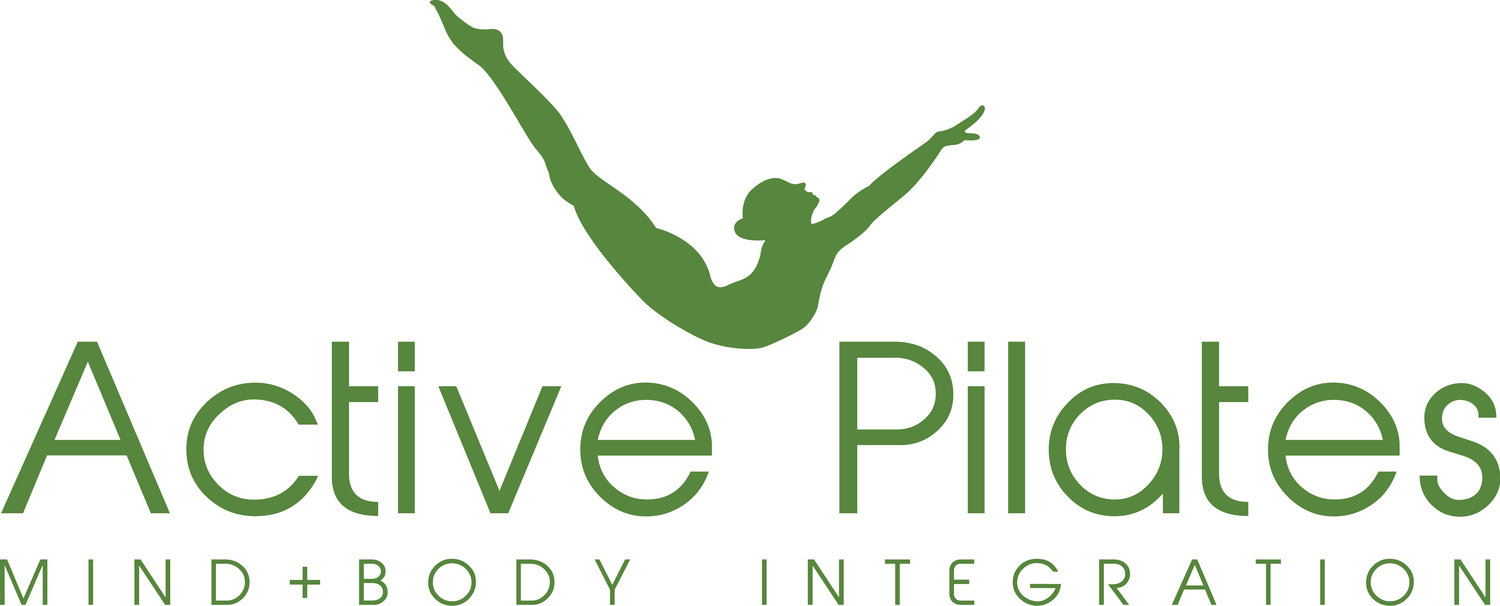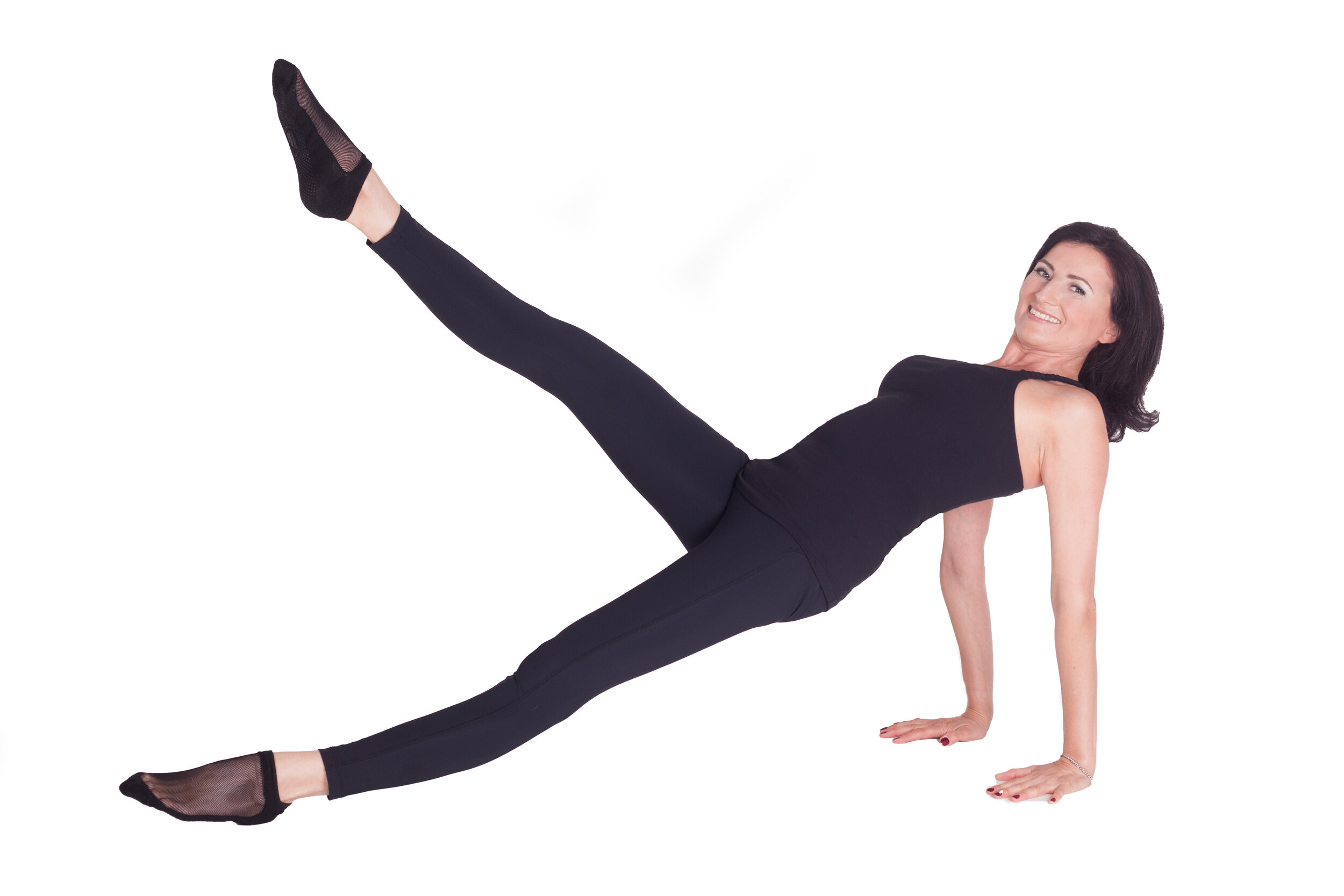6 Core principles of Pilates
Pilates is a safe, low impact exercise that is suitable for every age and fitness level. It can be used to rehabilitate injury, tone and strengthen muscles and improve flexibility, balance and body awareness.
Pilates is built upon 6 core principles that create the foundation of the Pilates discipline. The goal is to unify mind, body and spirit by integrating these principles into your Pilates workout.
1. Breathing
Deep, diaphragmatic breathing during Pilates exercise helps to awaken muscles, increase blood flow and maintain focus.
2. Axial Elongation/ Core Control
Axial Elongation puts your body in the optimal position to increase freedom and efficiency of movement, ensuring your exercises are performed with precision, and conscious, deliberate action.
3. Spine articulation
Spine articulation is about strengthening and supporting the spine by performing exercises where your focus is on stacking your spinal vertebrae one on top of another
4. Organisation of head, neck and shoulders
This principle refers to the practising mindfulness regarding proper alignment and organisation of your head, neck and spine. Focussing your full attention to each movement you make will reduce the risk of injury and overextension and ensure you get the maximum benefit from your exercise.
5. Weight-bearing and alignment
Weight-bearing and alignment of the extremities (legs and arms) refer to exercises that involve a certain percentage of your body weight, supported by your legs and arms. When done with proper alignment the results are a more balanced muscle tone throughout the body
6. Movement integration
Movement integration relates to the development of a strong relationship between mind and body. Once you establish the correct feeling for a movement, you only need to recall the sensation and your body will automatically respond.
Men and women of all ages and fitness types can benefit from a customised Pilates workout regime. Pilates compliments other exercises so even if you’re already engaging in another form of training like running, boxing or swimming you can still benefit from developing correct posture, core strength and flexibility.
With proper medical guidance, Pilates is a safe, low impact exercise to engage in even if you have a pre-existing injury. You can work within the limitations of your injury and benefit from the rehabilitative effects of strengthening and stabilising your body’s core muscles.
Pilates is also great for your mental wellbeing as it promotes mindfulness, which can lessen the effects of anxiety and depression and boost your body’s natural healing processes.
Whether you’re already a fitness enthusiast, or just starting out, you can benefit from practising the principals of Pilates exercise.

